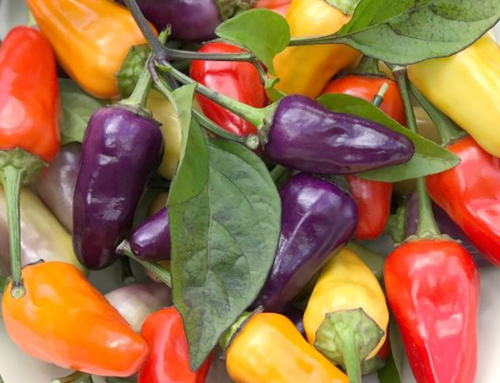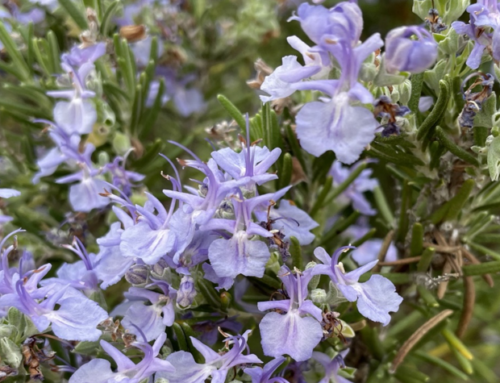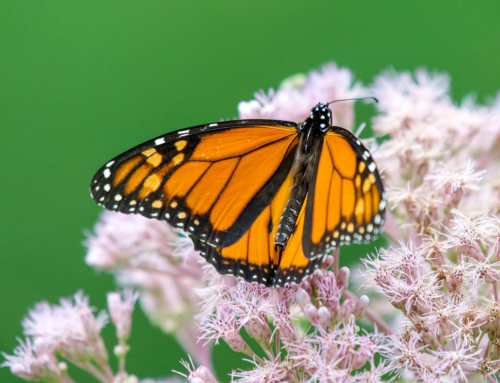Want to attack an invasive species right now but don’t have a background in virology? Consider adding “Eradicate Garlic Mustard” to your #STAYHOMEMN to-do list this spring.
You’ve likely seen, or smelled, this plant—classified as a “noxious weed” by the Minnesota Department of Agriculture—growing by the side of the road, along trails and paths, or even in your yard. Here’s what you should know:
Identifying Garlic Mustard
Garlic mustard (Allaria petiolata) has a two-year life cycle. In its first year, the plant forms a rosette and grows from one inch to six inches tall. In its second year, the plant grows a single stalk that reaches from one foot to four feet high. It blooms in May with small white flowers; its scalloped leaves are dark green year-round.
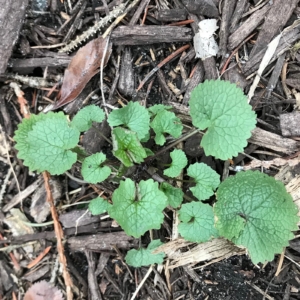
Some other plants with dark green leaf clusters or white blossoms that resemble garlic mustard include creeping charlie (Glechoma hederacea) and crinkleroot (Cardamine diphylla) but, when crushed, these similar-looking plants don’t smell like garlic.
The garlic mustard plant has tiny, oblong black seeds that are contained in slender capsules ranging from one inch to two-and-one-half inches long. Seeds mature in July or August and remain viable in soil for five years. They can be spread by humans and animals as they track soil and mud that contains them.
Why Is Garlic Mustard Detrimental?
It’s allelopathic, which means that it produces chemicals that inhibit the growth of other plant species and impede forest regeneration. Garlic mustard, which is also considered invasive, forms thick mats that shade and crowd out native plants, reducing biodiversity.
Controlling and Preventing Garlic Mustard
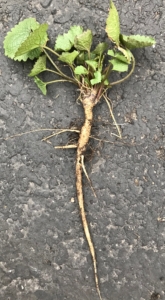
The best time to manage garlic mustard is in the early spring or in the fall. Persistent hand-pulling of the plant can be effective when its roots are removed entirely; young plants can then be left to decay in place. However, because flowering garlic mustard can produce seeds even after it’s been uprooted, flowering plants that are pulled from the ground should be placed in bags for disposal—not just left where they were picked.
Before moving plant waste, contact an authorized disposal site to be sure that it’s equipped to process compost at high enough temperatures to accept noxious weeds.
A spot application of two-percent glyphosate in early spring or late fall, when native plants are dormant, can also be effective in eradicating garlic mustard. Be sure to follow package instructions or contact a licensed herbicide applicator.

Both in your yard and beyond, the Minnesota Department of Natural Resources recommends controlling and preventing the growth of the garlic mustard by:
- REMOVING plants, animals, and mud from boots, clothes, gear, pets, and vehicles.
- CLEANING your gear before entering and leaving recreation sites; cleaning the gardening tools that you use at home.
- STAYING on designated roads and trails.
- PLANTING non-invasive species.
If you see new patches of garlic mustard in public areas, report them to one of the following authorities: EDDSMapS Midwest; Arrest the Pest or 888-545-6684), or local county agricultural inspectors.
Happy spring, and happy weeding!
By Laura Austrian, Hennepin County Master Gardener volunteer
More resources:
https://www.dnr.state.mn.us/invasives/terrestrialplants/herbaceous/garlicmustard.html
https://www.mda.state.mn.us/plants/pestmanagement/weedcontrol/disposalnoxweed
https://extension.umn.edu/identify-invasive-species/garlic-mustard
